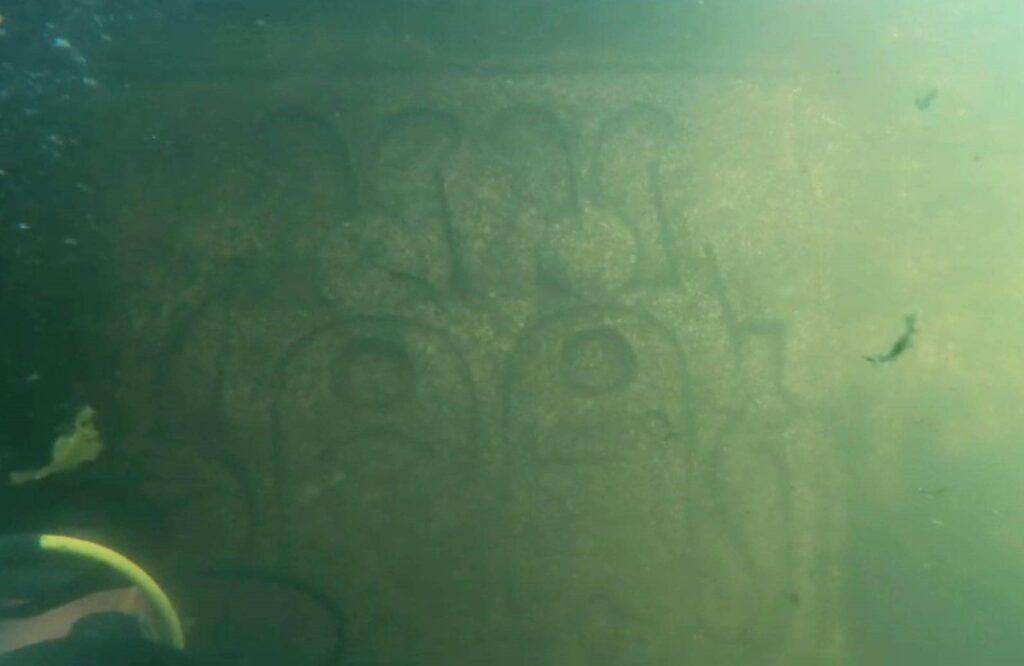According to the country’s Ministry of Tourism and Antiquities, the Egyptian artworks were discovered in an area of the landmark river between the “Low” and “High” Aswan dams south of the city. Completed in 1970, the dam flooded an area containing numerous archaeological remains.
The modern city of Aswan is located on the east bank of the Nile. In ancient times, this location was strategically important and marked Egypt’s southern border.
Recent research has led to the discovery of archaeological remains in the water around two islands in the river between two dams. Exploratory dives were made in the area known as the Aswan Reservoir, and underwater photography, video and documentation were completed.
The survey identified several underwater rock carvings and inscriptions, including depictions of various ancient Egyptian pharaohs, including Amenhotep III (reigned 1388-1351 BC), Tutmosis IV (reigned 1400-1390 BC), Psamtik II (reigned 595-589 BC) and Apries (reigned 589-570 BC).



According to a statement from the ministry, the archaeological mission is currently working to produce three-dimensional models of the finds and study them in preparation for a scientific publication that will describe the discoveries in detail.
In May this year, another team of researchers published a study reporting that a long lost tributary of the Nile River could help explain the location of many ancient pyramids.
In research published in the journal Communications Earth & Environment, an international team said they had identified fragments of a large extinct section of the river they call the Ahramat Arm.
Evidence of this tributary is now buried beneath farmland and desert, but according to the study, it once ran along the eastern edge of the Western Desert Plateau (WSP), part of the Sahara, just west of the modern Nile River.
The 40 mile long route of the newly identified Ahramat Arm appears to pass by 31 pyramids along the eastern edge of the Plateau. This chain represents the largest concentration of pyramids in Egypt and includes the iconic complex at Giza.
